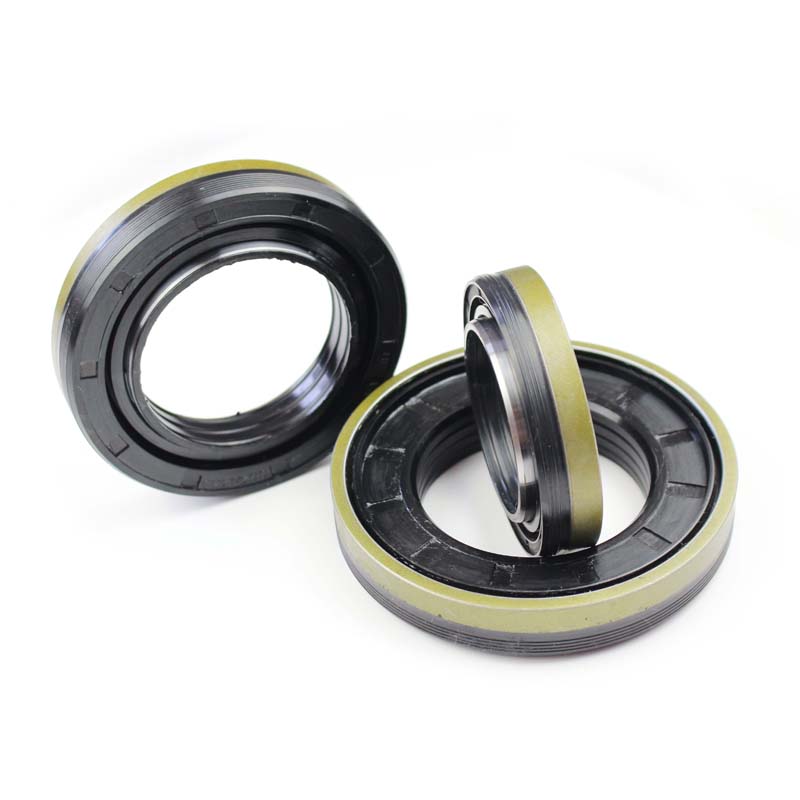Exploring the Benefits of Bonded Seals for Enhanced Performance and Reliability in Sealing Applications
Understanding Bonded Seals A Comprehensive Guide
In the world of engineering and manufacturing, ensuring tight and reliable seals is crucial for the performance and longevity of mechanical systems. Among the various sealing solutions available, bonded seals—often referred to as “bonded seal washers”—have emerged as a popular choice in numerous applications. This article will delve into the definition, applications, advantages, and installation processes of bonded seals, offering a thorough understanding of their importance.
What is a Bonded Seal?
A bonded seal is a type of sealing device composed of a rubber sealing element bonded to a rigid inner washer, usually made of metal. The unique design of the bonded seal allows it to provide a tight, leak-proof seal in a variety of mechanical assemblies, particularly in situations where traditional gaskets or O-rings might fall short. The rubber component offers flexibility and the ability to deform slightly, accommodating uneven surfaces or variations in pressure.
Applications of Bonded Seals
Bonded seals are widely employed in various industries, including automotive, aerospace, marine, and construction. In automotive applications, they are often used to seal engine components, preventing oil and coolant leaks. Aerospace engineers rely on bonded seals for critical systems where reliability is paramount, ensuring that fuel and hydraulic systems remain leak-free under extreme conditions. In marine applications, they help protect against moisture intrusion and corrosion, essential for preserving the integrity of vessels operating in challenging environments.
Furthermore, bonded seals are increasingly utilized in plumbing and HVAC systems, where they provide effective sealing for pipes and fittings. The versatility of bonded seals makes them an invaluable asset across multiple domains, effectively addressing the unique challenges present in each.
Advantages of Bonded Seals
1. Enhanced Sealing Performance One of the most significant advantages of bonded seals is their ability to create a robust, leak-proof seal. The combination of rubber and metal allows for better compression and adaptability to various surface irregularities.
2. Resistance to Chemicals Bonded seals are typically manufactured from high-quality elastomers, making them resistant to a wide range of chemicals, oils, and fuels. This chemical resistance makes them suitable for harsh environments where other sealing solutions may degrade quickly.
3. Temperature Tolerance Many bonded seals can withstand extreme temperatures, further extending their applications. Depending on the material used, bonded seals can function effectively in both high-temperature and low-temperature environments.
bonded seal 1 4

4. Reduced Installation Complexity The design of bonded seals often simplifies installation. Their one-piece construction makes alignment easier, and as a result, installation times can be significantly reduced compared to multi-part sealing solutions.
5. Cost-Effective While the initial cost of bonded seals may be higher than some traditional sealing solutions, their durability and reliability often lead to lower maintenance costs and reduced downtime in the long run.
Installation Process of Bonded Seals
Installing bonded seals correctly is critical for achieving optimal performance. The following steps outline the typical installation process
1. Surface Preparation Ensure that the mating surfaces are clean, dry, and free from debris, grease, or old gasket material. Proper surface preparation is vital for ensuring a tight seal.
2. Positioning the Bonded Seal Place the bonded seal in the designated spot, ensuring that the rubber portion makes full contact with the sealing surface.
3. Applying Torque Gradually apply the necessary torque to the assembly. It is crucial to follow the manufacturer's specifications to avoid over-compressing the seal, which could lead to material failure.
4. Final Inspection Once installed, inspect the assembly for proper alignment and ensure that the bonded seal is adequately compressed without any irregularities.
Conclusion
Bonded seals play an integral role in ensuring the integrity of various mechanical systems. Their unique design, coupled with their wide range of applications and advantages, makes them a go-to solution for engineers and manufacturers alike. Understanding the properties and installation procedures of bonded seals can help ensure that they function correctly, leading to more reliable and efficient systems. As industries continue to evolve, the importance of such innovative sealing solutions will undoubtedly grow, underscoring the significance of bonded seals in modern engineering.
-
Oil Drain Plug Washer Reusable Types
News Aug.22,2025
-
Oil Drain Plug Replacement Guide
News Aug.22,2025
-
Heavy Duty Seal Waterproof Features
News Aug.22,2025
-
Engine Oil Seals Installation Guide
News Aug.22,2025
-
Seal Oil for Sale High Temperature Grade
News Aug.22,2025
-
Cassette Seal Compact Design
News Aug.22,2025
-
Simplifying Oil Changes: A Comprehensive Guide to Oil Drain Plugs and Their Variants
News Aug.04,2025
Products categories















